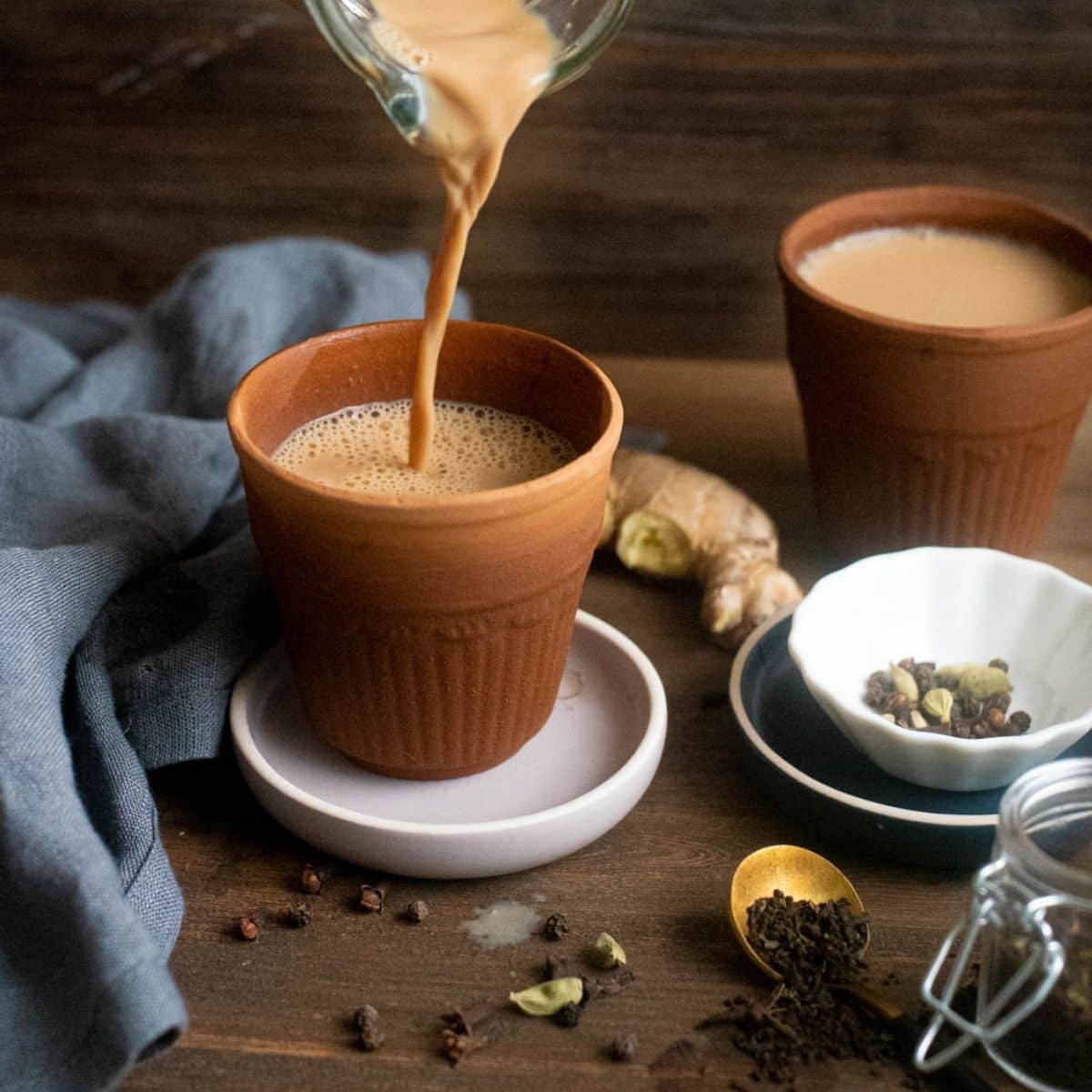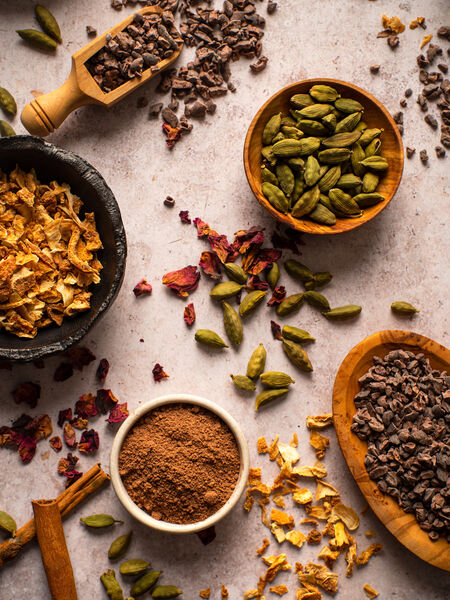In the bustling streets of South Asia, a vibrant and enchanting aroma fills the air, captivating the senses of everyone around. This aromatic masterpiece is none other than Masala Chai, a beloved and iconic beverage that has become an integral part of South Asian culture. The intoxicating blend of spices, the rich essence of tea leaves, and the warmth of milk combine to create an unforgettable sensory experience.
The Origins of Masala Chai
Masala Chai traces its roots back to ancient India, where it was first brewed as a medicinal concoction. The word "chai" is derived from the Chinese word "cha," which means tea. Over the centuries, Indian spice merchants and traders enhanced the basic tea infusion with an array of aromatic spices, transforming it into the Masala Chai we know and love today.
The traditional ingredients of Masala Chai include black tea leaves, water, milk, sugar, and a blend of spices like cinnamon, cardamom, ginger, cloves, and black pepper. This aromatic combination not only delighted the senses but also offered various health benefits, making it a popular choice among Ayurvedic practitioners.
The Significance of Aroma in South Asian Culture
In South Asia, the aroma of Masala Chai holds profound cultural significance. It symbolizes warmth, hospitality, and the spirit of togetherness. Whether it is a simple roadside tea stall or a lavish family gathering, the preparation and sharing of chai bring people together and foster a sense of community.
The rich fragrance of spices in Masala Chai often evokes memories of home and childhood for many South Asians, as the aroma is deeply ingrained in their cultural heritage. It is not just a beverage but a sensory journey that transcends generations, connecting people to their roots and traditions.
The Art of Preparing Masala Chai
The preparation of Masala Chai is an art in itself. Every region and household may have its unique variation of the recipe, adding a personal touch to the blend of flavors. Though the process might differ, the essence of the aroma remains constant, filling the air with its inviting charm.
Typically, the preparation starts by crushing or grinding the spices to release their aromatic oils. The water, tea leaves, and spices are then simmered together to allow the flavors to meld. Once the tea reaches the desired strength, milk and sugar are added to balance the spiciness and create a creamy texture. The final step involves straining the tea to remove any residue and pouring it into cups to be savored and shared.
But to make this process easier, we have created a new Masala Chai blend where you can enjoy all the fresh ingredients and same flavor by simply mixing hot water!
Chai Culture: From Street Stalls to High-End Cafés
In South Asia, chai is not just a popular beverage; it is an integral part of daily life. In every corner of the region, from the bustling streets of Mumbai to the serene landscapes of Sri Lanka, one can find chai being brewed and served with love and care.
Traditional street vendors, known as "chaiwalas," have been serving steaming cups of Masala Chai for generations. Their stalls become social hubs where people from all walks of life come together to exchange stories, ideas, and laughter over a shared love for chai.
In recent years, Masala Chai has transcended its humble beginnings and gained global popularity, reaching high-end cafés and specialty tea shops worldwide. South Asian expatriates and enthusiasts introduced the drink to new cultures, and its allure of captivating aroma and robust flavors conquered taste buds far beyond the region's borders.
In South Asia, the aroma of Masala Chai weaves a tapestry of culture, tradition, and community. This iconic beverage not only delights the palate but also brings people together in a shared celebration of life's simple pleasures. The art of preparing and savoring Masala Chai is a cherished tradition that has withstood the test of time and continues to enchant people across the globe.




Leave a comment
This site is protected by hCaptcha and the hCaptcha Privacy Policy and Terms of Service apply.